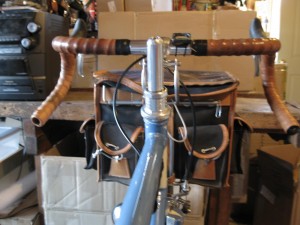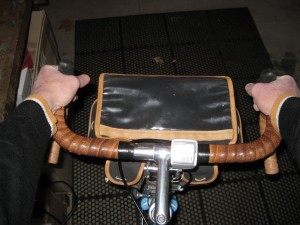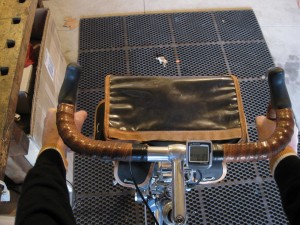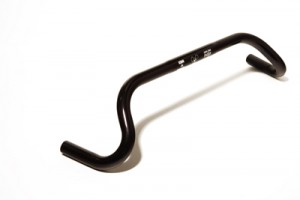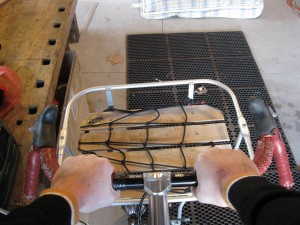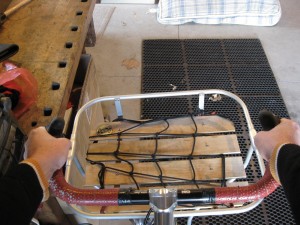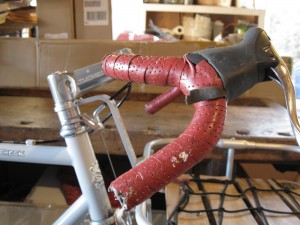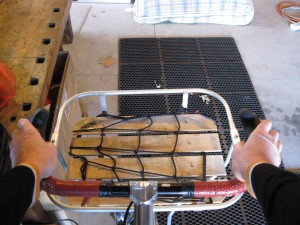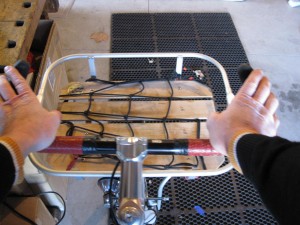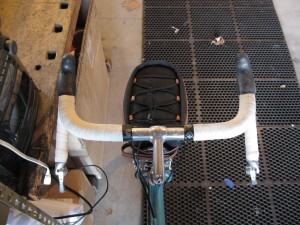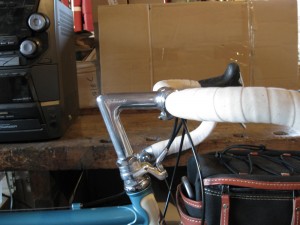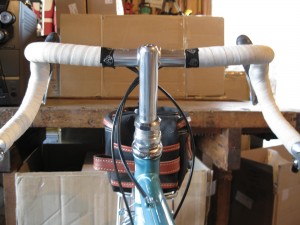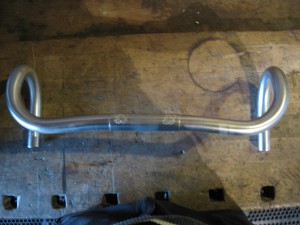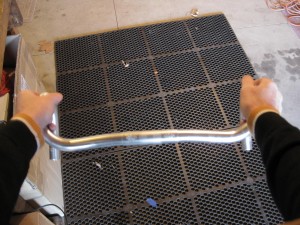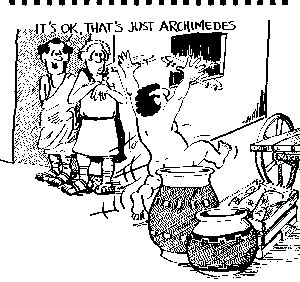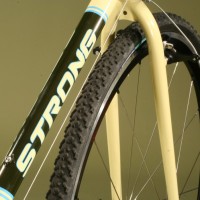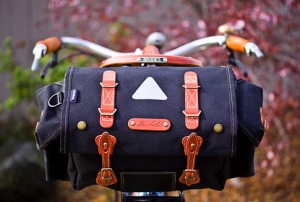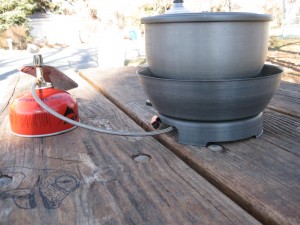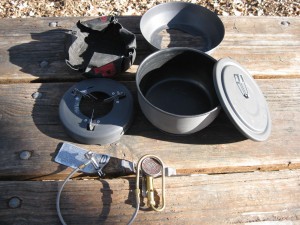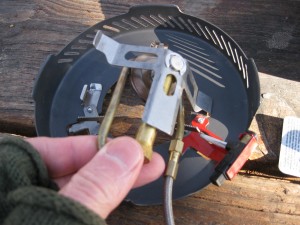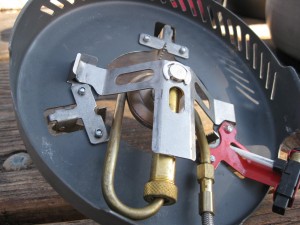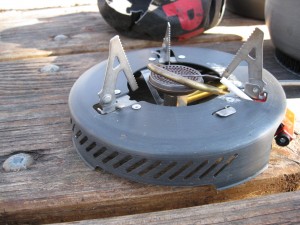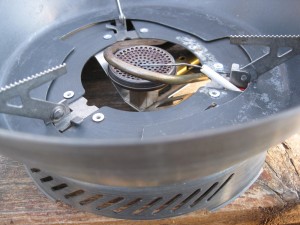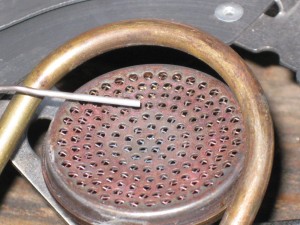I leave in one week so I am focusing on those items on the critical path. Items without which the tour cannot be accomplished and which have longer lead times.
Item number one is a box to ship the bike. Rather than a softsided or other airplane friendly case I ordered a re-usable cardboard box like the one I used on the last two tours which is pretty ratty now and besides, I used it to ship a bicycle back to Rivendell last year. I should receive it on Friday. That will leave the weekend to unbuild the bike and pack it so that I can take it to FedEx on Monday. I will send it to the motel in Austin where we are staying. I suppose I could do the same with a conventional, and more durable bicycle case but those all cost more than I want to spend. I can do a dozen tours using 3 or 4 of the cardboard boxes and still be ahead.
Item number next is ordering a map of section 5 of the Southern Tier from Adventure Cycling Association. These maps are so detailed and so refined over the years they have been in use that I get a little nervous when I need to detour from them. It’s also comforting to think of all the other bike tourists who have been along these same routes if only because of the assumption that local motorists might be more aware of bicyclers.
I also plot the route on Google Maps.
View Austin to New Orleans in a larger map
This is not the exact route but for some reason Google Maps would quit letting me make changes after some amount of time or changes.
Since the Southern Tier route only goes to St. Francisville, LA I had to find a way to get through Baton Rouge and into New Orleans. I have been spending some time on the bikeforums.net touring forum and I thought I would put the question to that group. I did a quick search of the forum for routes in New Orleans and was directed to several threads, and I found out about the Mississippi River Trail. From their website:
The Mississippi River Trail, coursing along America’s backbone, the Mississippi River, from its headwaters in Itasca, Minnesota to the Gulf of Mexico, offers approximately 3,000 miles of on-road bikeways and pedestrian and bicycle pathways for the recreational enjoyment, health, conservation and tourism development of river communities, river states, and the nation.
I was able to plot a route, which I’m hoping is pretty decent for cycling, from St. Francisville into New Orleans.
So now I can use my maps to figure out the best places to end up each day. Since I want to go as inexpensively as possible I will be looking for KOA campgrounds and state parks with showers, and I am going to register on the warm showers website to see if I can score some free overnight stays.

